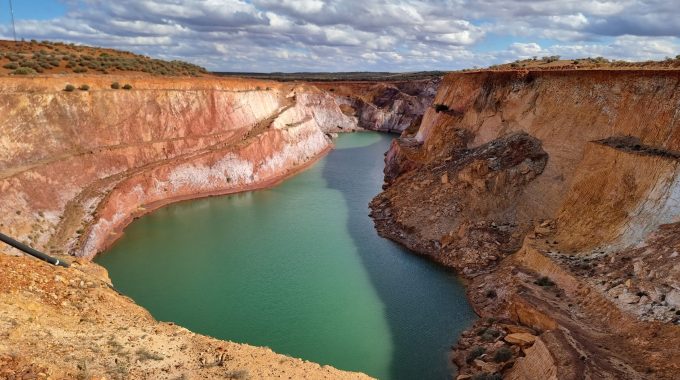
Gold Mining and Groundwater Management: A Simplified Relationship
Gold mining is a multi-billion-dollar industry. But where does gold come from, how is it mined and how can we ensure that its extraction does not negatively impact our most valuable resource – fresh water?
Introduction
The relationship between gold mining and the management of related groundwater systems is a complex dynamic; a result of the unique characteristics of gold bearing geological units and the way in which groundwater reacts and moves within it. It is therefore extremely hard (albeit impossible) to predict the precise impact that gold mining would have on the hydraulic properties of a specified area. So much so, that academic papers are littered with words predicting groundwater behaviour within these systems as ‘complex, uncertain, theoretical’ and ‘difficult.’
This blog will form part of a mini-series that aims to dissect the intimate relationship between gold mining and the related hydrogeological regime. It will illustrate Síor’s gold-mining experience in Western Australia to ultimately provide a simplified introduction to the basic concepts and ideas associated with mine water management.
Part 1 – Gold Origin and Formation
Gold is created in space and is present on Earth because of cataclysmic stellar explosions called Supernovae. During a supernova explosion, the outer layers of a star collapse into its center, causing it to explode. The extreme pressure of a collapsing star is so high that subatomic protons and electrons are forced together in the core, forming neutrons. These neutrons have no repelling electric charge, so they are easily fused and overwhelmed by iron group elements. Under these (special) circumstances, multiple (compressed together) neutrons form heavier elements, such as silver, lead, uranium, and gold.

As the star explodes, the expanding supernova shockwave propels its elemental debris through space, producing gas and dust that condenses into new stars and planets, such as the Earth. When the Earth was still forming, most of the gold that arrived settled deep within its mantle and core because of gold’s relative weight. Occasionally, volcanic activity would lift some gold (mixed with many other heavy elements) into the crust through magma migration. Additionally, earthquakes permit hot acid water to flow toward the surface, slowly depositing dissolved gold in these cracks as it cools.
Fast-forward billions of years later, we are now able to extract gold through the process of mining.

Comments (0)